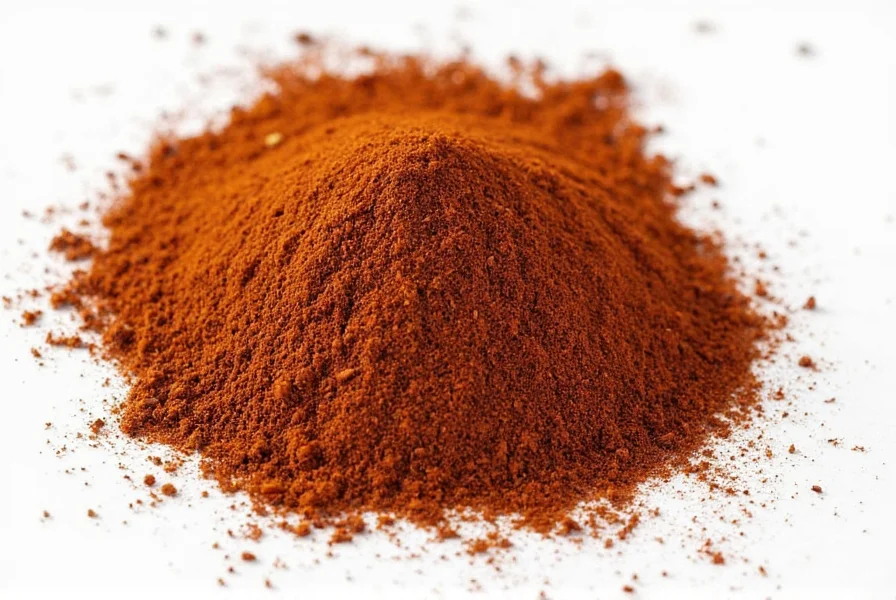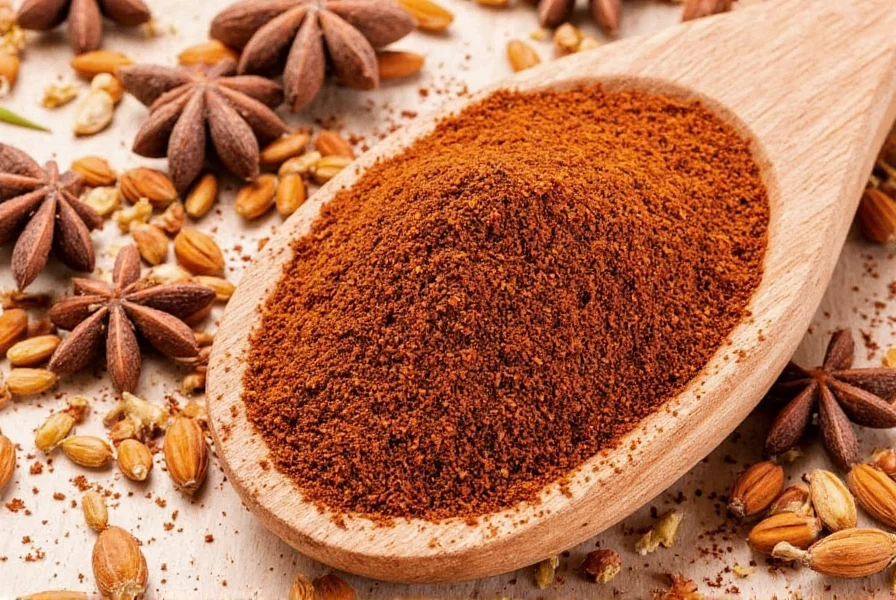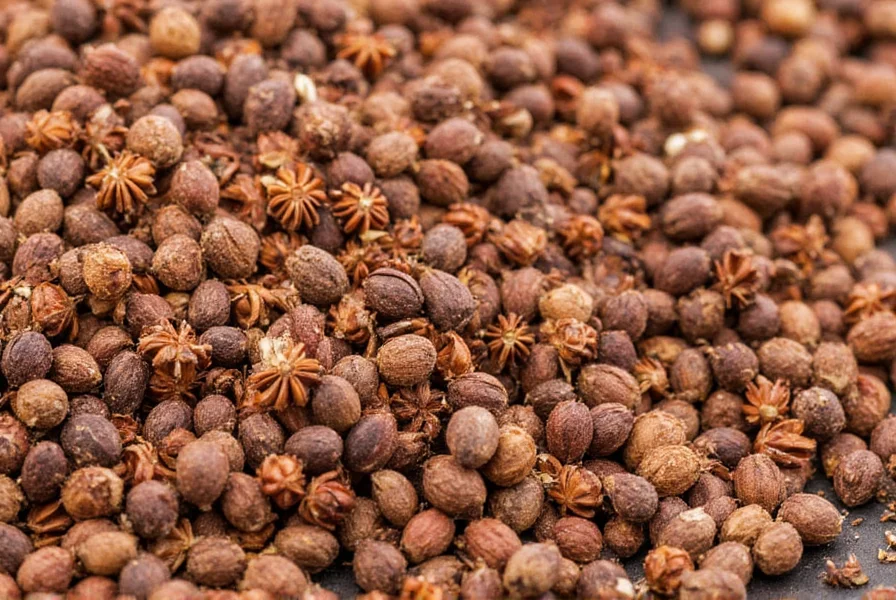When home cooks search for what ingredients is in allspice, they often operate under a common misconception. Contrary to what the name implies, allspice isn't a blend at all. This widely misunderstood spice consists solely of dried unripe berries from the Pimenta dioica tree, native to the Caribbean, Central America, and Southern Mexico.
The Botanical Reality of Allspice
Allspice, scientifically known as Pimenta dioica, produces small berries that are harvested while still green and then sun-dried until they turn brown. During this drying process, the berries develop their characteristic warm, complex flavor profile that mimics multiple spices. The name "allspice" was coined by English traders in the 1600s who noted its flavor resembled a combination of cinnamon, nutmeg, and cloves—all popular spices of the era.

Why People Think Allspice Contains Multiple Ingredients
The confusion around what spices make up allspice stems entirely from its flavor profile. When you ask is allspice a blend of spices, the answer is definitively no—it's a single ingredient that happens to deliver multiple flavor notes:
| Flavor Component | Percentage of Flavor Profile | Common Spice Association |
|---|---|---|
| Warm Sweetness | 40% | Cinnamon |
| Pungent Heat | 30% | Cloves |
| Earthy Warmth | 20% | Nutmeg |
| Subtle Bitterness | 10% | Black Pepper |
Authentic Allspice vs. Commercial Blends
While pure allspice contains only Pimenta dioica berries, some commercial products labeled as "allspice" may actually be blends—particularly in regions where authentic allspice is less available. This contributes to the ongoing confusion about allspice ingredients list. When purchasing, look for these indicators of authentic allspice:
- Whole berries that resemble small brown peppercorns
- Ground spice with a uniform brown color (not speckled)
- Label stating "100% Pimenta dioica" or "Jamaican pimento"
- No additional ingredients listed
Culinary Applications of Pure Allspice
Understanding what is allspice made of helps home cooks use it effectively. This versatile spice works in both sweet and savory applications:
In Caribbean cuisine, allspice is essential for jerk seasoning and pickling. Middle Eastern dishes use it in meat rubs and rice pilafs. Baking applications include gingerbread, pumpkin pie, and fruit compotes. The whole berries maintain flavor longer than ground allspice and can be used in pickling brines or removed after infusing flavor into liquids.

Proper Storage for Maximum Flavor
To preserve the complex flavor compounds that create the illusion of multiple spices in one, store allspice properly:
- Keep whole berries in an airtight container away from light and heat
- Ground allspice loses potency faster—use within 6 months for best flavor
- Freeze whole berries for long-term storage (up to 3 years)
- Grind berries fresh using a dedicated spice grinder for strongest flavor
Substitutes When You're Out of Allspice
If you're wondering what to use instead of allspice, these combinations can approximate its complex profile:
- For 1 teaspoon allspice: ½ tsp cinnamon + ¼ tsp nutmeg + ¼ tsp cloves
- In savory dishes: equal parts cinnamon and cloves
- In baking: cinnamon with a pinch of cardamom
Remember that these are approximations—nothing replicates the unique chemistry of genuine Pimenta dioica berries. The substitute ratio varies by recipe, so start with less and adjust to taste.
Common Misconceptions Clarified
The persistent question what ingredients is in allspice reveals how deeply the naming confusion has taken root. To be absolutely clear:
- Allspice contains exactly one ingredient: Pimenta dioica berries
- No additional spices are added in authentic allspice
- The name refers to flavor resemblance, not actual composition
- Jamaican allspice is the highest quality variety, but not a different product
Frequently Asked Questions
Is allspice the same as mixed spice?
No, allspice and mixed spice are different. Allspice is a single spice (Pimenta dioica berries), while mixed spice is a British blend typically containing cinnamon, coriander, caraway, nutmeg, and cloves. Don't substitute one for the other in recipes requiring authenticity.
Does allspice contain any allergens?
Pure allspice contains only Pimenta dioica berries and has no common allergens. However, some commercial "allspice" blends might contain additional ingredients. Always check labels if you have specific allergies, especially to watch for potential cross-contamination in facilities that process other spices.
Why does my allspice taste different from recipe to recipe?
The flavor variation comes from the age and quality of your allspice. Whole berries maintain potency longer than ground spice. Older allspice loses its volatile oils, diminishing the complex flavor profile. For consistent results, replace ground allspice every 6 months and whole berries every 2-3 years, storing them in airtight containers away from light and heat.
Can I use allspice in place of pumpkin pie spice?
Allspice can partially substitute for pumpkin pie spice since it contains similar flavor notes, but it won't provide the complete profile. Pumpkin pie spice typically includes cinnamon, ginger, nutmeg, and cloves. Use ¾ tsp allspice plus ¼ tsp ginger for each teaspoon of pumpkin pie spice required for best results in baking applications.











 浙公网安备
33010002000092号
浙公网安备
33010002000092号 浙B2-20120091-4
浙B2-20120091-4